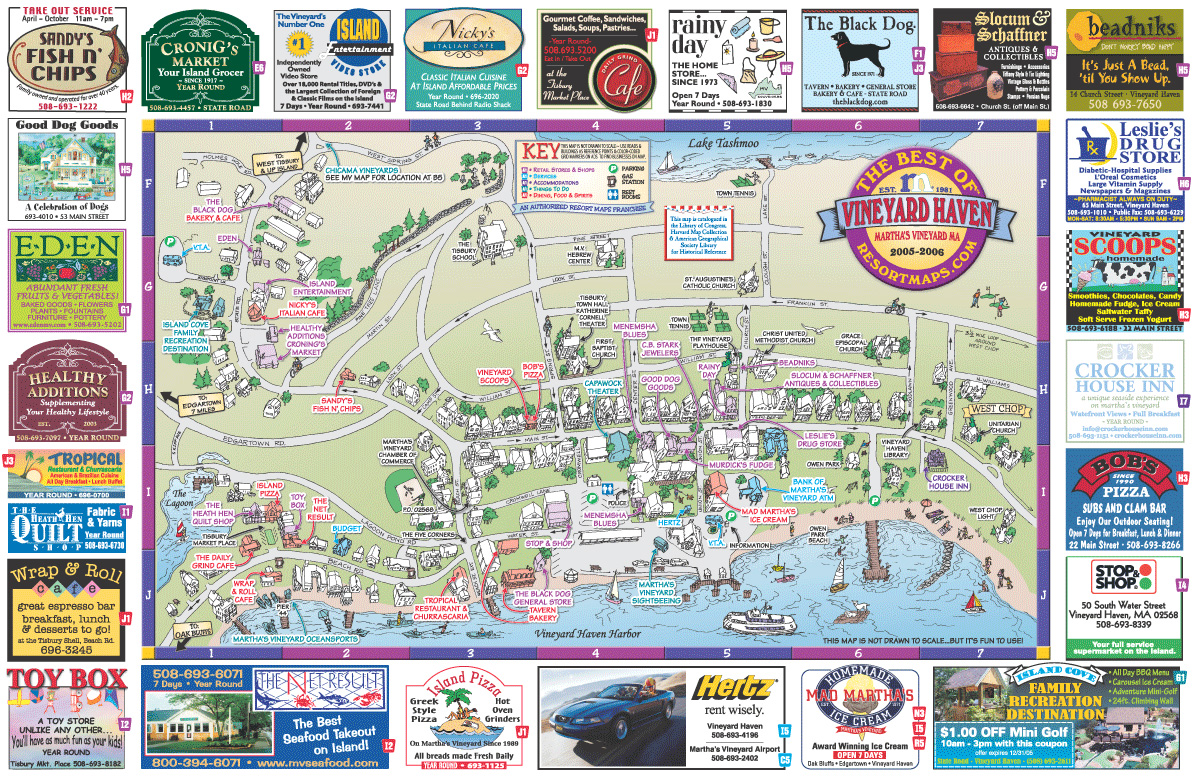 |
| Compass Rose |
I have now cataloged approximately ten maps, about half of
them being AAA maps and 3-4 being original cataloging. I’ve got AAA maps down to
an extent. Once you have one map by one publisher, all of the others quickly
fall into place. What I am most amazed by is how different each map is as to
what information it provides about its origin and where that information is
placed in the map (which is usually all over and often in miniscule type). I’m
still a bit confused by what is considered to be the main source for title
information. In AACR2, I have just found
the rules that I should have been using for the last few weeks to determined
the title and statement of responsibility.
 |
| Lady cartographer |
Cataloger’s desktop is a great tool, and I feel that it is more or less
organized, the only problem is that it contains so much information that it can
be difficult to know where to find what you are looking for. Would it really hurt to find a way to
incorporate all of the map information in one place? As of now there is: AACR2 rules for
cartographic materials, Cartographic materials, Maps cataloging and Maps
cataloging toolbox. I understand that
they are all created by different agencies…but come on people! You would think that
catalogers would know better and want people to find information with less fuss.
Anyhoo…here are the rules that I have just located in Cataloger's Desktop, which clear up all of the
confusion. I will attempt to interpret
them into lay language for anyone who actually reads this, but also for myself.
-Transcribe as it is written, unless the statements are in more than one place, then use your brain to figure out what is most important and transcribe according to your own brilliant theory. My brilliant theory would have any cartographer as the first entry, then any agency it may have been produced for, then possibly the publisher or distributor. i.e [cartography by] NAVITEQ,[ produced for] AAA, [published by]Seeman’s
-If you don’t see an obvious collective title and there is not an obvious main title, make up a logical title (such as the name of the general area shown in map).
"G5. If, in a cartographic item lacking a collective title, one work is the predominant part, treat the title of that work as the title proper and name the other work(s) in a contents note (see 7B18). (1.1G1 mod.)"
-If there is no obvious collective title but here is one obvious main map-use the title of the main map as the title for the whole.
"1F8. Add a word or short phrase to the statement of responsibility if the relationship between the title of the item and the person(s) or body (bodies) named in the statement is not clear. (1.1F8) Maps of the Mid-west [GMD] / [edited by] D.M. Bagley"
-If you know that a corporate body had a large part to play in the production of a map but it is not listed what that role is, use your best judgment to determine the relationship is and add it in [brackets]-assumed information.
This little exercise has led me to believe that there may be a need for a “Plain language” cataloging book or website. Maybe I could sell the idea to the “…for Dummies” folks. Probably not, as I don’t see there being a large audience for a
 title called “Cataloging for Dummies”.
title called “Cataloging for Dummies”.
